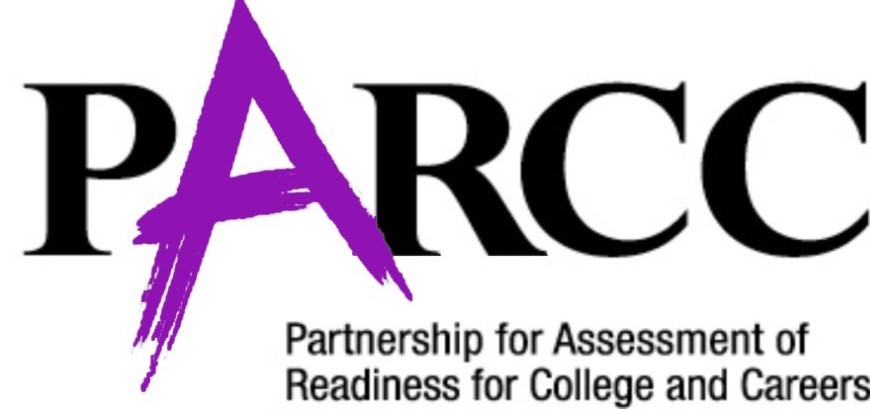photo courtesy of Creative Commons
After everything that happened during last year’s run of the PARCC test– from server shutdowns to mass confusion– many are understandably wary of round two, which will occur in March and April of this year. The district hopes to assure students that this year’s administering of the tests will go more smoothly.
To make the process less painful, the district’s PARCC advisers have reduced testing time from two sessions– one in March and one in April– to one, effectively cutting test-taking time in half. The larger change comes from the technology end.
“Last year, our district network, specifically Java, could not handle the tests,” said Dr. David Heisey. “This year, we have foregone Java altogether and now students will take the test on a chromebook app.”
Though administration is largely optimistic, not everyone is convinced. A student who wishes to remain anonymous strongly opposes the tests and does not trust that they will improve. After participating in testing last March, the student opted out of the April tests.
The opt-out movement that took hold statewide last year will encounter serious barriers in Scotch Plains-Fanwood High School because passing the test is a graduation requirement, effective this year.
“Students need to meet a certain cut score in a standardized test in order to fulfill graduation requirements,” said Dr. Heisey. “I would strongly recommend that students take the test because out of all possible tests to achieve the cut score– the SAT, the PSAT, ASVAB or others– PARCC is the easiest to pass.”
The PARCC was initiated by Pearson, an education nonprofit with close ties to Pearson PLC, as a Common Core aligned replacement for state-backed standardized assessments. In New Jersey, PARCC ousted NJASK and HSPA. Although the state rejected Common Core standards last year, Governor Chris Christie ruled that PARCC would still run this year. This ruling determined that all districts in New Jersey, including Scotch Plains-Fanwood, have no choice but to run the tests, as well as little choice in how the test is administered except for the environment in which students take the test.








